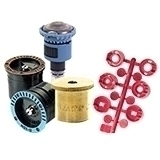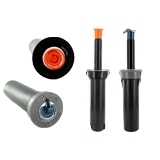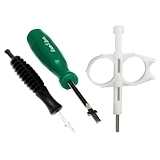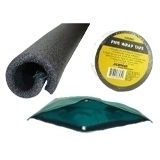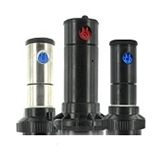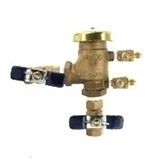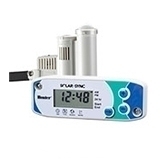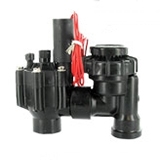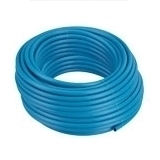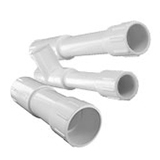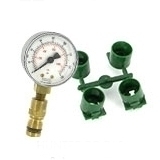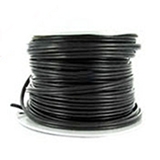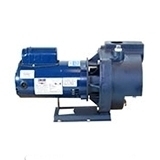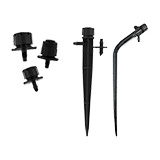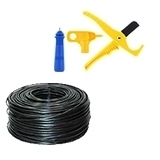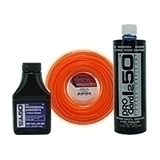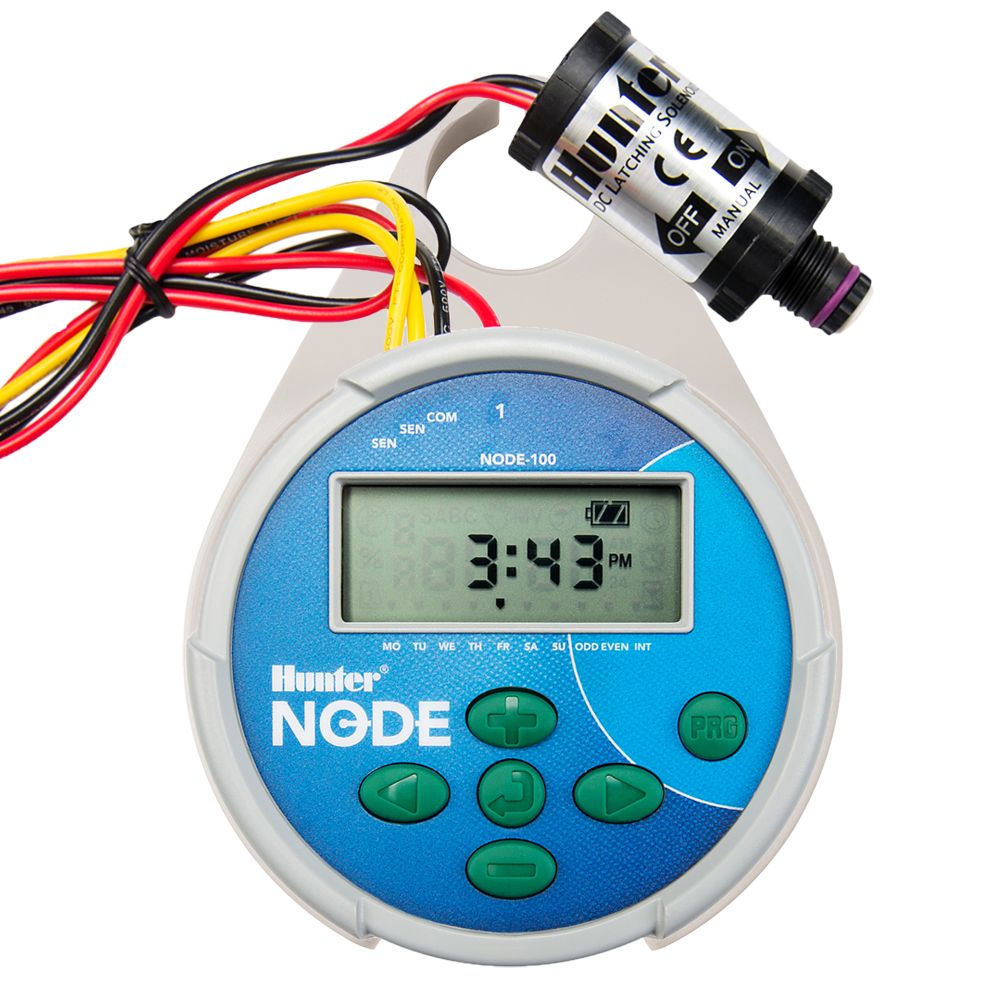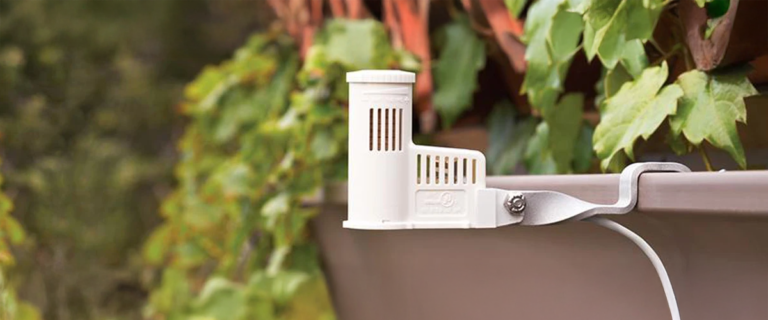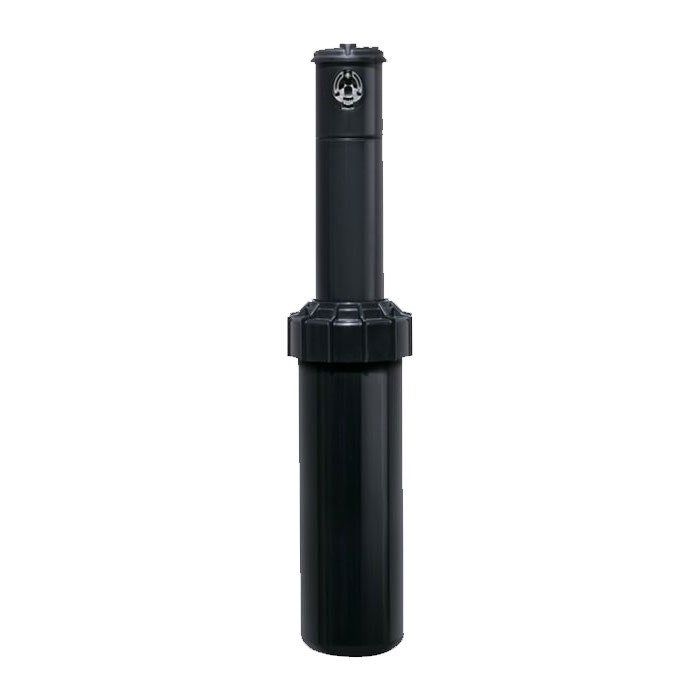Table of Contents
How to Add a Moisture Sensor to Your Sprinkler System
A moisture sensor can stop your current irrigation system from wasting water by running on a fixed schedule, rain or shine. Without one, you could be soaking already-saturated soil, driving up water bills, and stressing your plants.
By checking soil conditions before each cycle, a moisture sensor keeps watering only when it’s truly needed, and you can add one to most existing systems with just a few tools.
Why Add a Moisture Sensor?
A moisture sensor acts like a “smart switch” for your sprinklers. It monitors soil moisture and stops watering when your lawn doesn’t need it, saving water and preventing overwatering problems such as root rot or nutrient runoff.
In some areas, sensors help meet local water regulations, and many cities offer rebates for installing water-saving devices, making them a smart, money-saving upgrade.
How to Choose the Right Moisture Sensor
Not all moisture sensors work the same way. The two main types—wired and wireless—each have their own installation process, maintenance needs, and ideal use cases.
Here’s how they compare so you can choose the right fit for your irrigation system.
| Feature | Wired Sensor | Wireless Sensor |
| Connection type | Connects directly to the irrigation controller via cable | Communicates with controller using radio signals |
| Installation | Requires cable routing or trenching | Quick and easy—no trenching required |
| Power Source | No batteries needed | Battery-powered; periodic replacement required |
| Reliability | Consistently reliable connection | Slightly more prone to interference |
| Best For | Permanent, long-term setups | Retrofitting older systems or avoiding major digging |
Always confirm that the sensor you choose is compatible with your irrigation controller. Check the manufacturer’s compatibility list before purchasing.
How to Setup a Sprinkler Moisture Sensor
Installing a moisture sensor is a straightforward upgrade, even for older irrigation systems. By following a few simple steps, you can connect the device, calibrate it for your soil, and start watering based on real-time moisture levels instead of a rigid schedule.
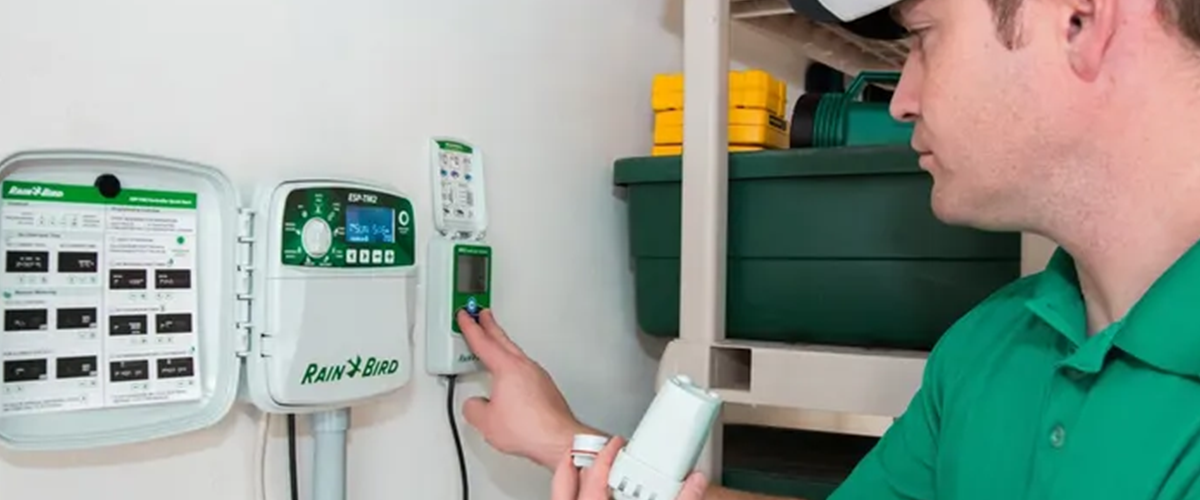
Step 1: Power Down
Before starting, turn off the irrigation controller completely. This prevents any risk of short circuits or accidental activation while you’re handling wiring or connections. Even a small electrical surge can damage both the controller and the sensor.
If your controller is hardwired, shut off the power at the breaker for extra safety. For plug-in models, simply unplug the unit before beginning work.
Step 2: Select the Location
Choose a location in your lawn or landscape that represents average moisture conditions. Avoid spots that are consistently wetter (such as near downspouts) or drier (such as under large trees) than the rest of your yard.
For wired sensors, this choice will also determine the route you’ll need to run the cable back to the irrigation controller. Plan a direct path that avoids roots, rocks, or other underground obstacles.
Step 3: Install the Probe
Insert the sensor probe into the soil at the recommended root depth, typically about 3 to 4 inches for turf. The goal is to place the probe where the majority of the plant roots can be monitored for moisture.
Press the soil firmly around the probe to ensure solid contact. If the sensor feels loose or wobbly, reposition it for stability so readings remain accurate over time.
Step 4: Connect to Controller
For wired sensors, strip the wire ends if necessary and attach them to the designated sensor terminals on the controller. Follow the manufacturer’s wiring diagram for correct polarity and secure the connections tightly.
For wireless models, pair the transmitter to the receiver module plugged into the controller. Keep the transmitter within the recommended range to ensure a strong, consistent signal.
Step 5: Test and Calibrate
Run a manual watering cycle to confirm that the sensor is communicating properly with the controller. Watch for any error messages or irregular behavior during the test.
Adjust the sensor’s sensitivity or moisture threshold settings as needed. Calibration ensures your system only waters when your soil actually needs it, preventing waste and overwatering.
Maintenance and Tips for Moisture Sensors
Regular upkeep ensures your moisture sensor stays reliable and provides accurate reading season after season. A few quick checks can keep it performing at its best.
- Check Placement: Inspect the sensor’s position annually and re-install if shifting soil has affected its accuracy.
- Clean the Probe: Wipe away dirt or mineral buildup periodically to maintain precise readings.
- Replace Batteries: For wireless models, swap in fresh batteries as needed to prevent signal loss.
- Pair with a Rain Sensor: Combine devices for maximum water savings and more precise irrigation control.
Revive Your Irrigation System with a Moisture Sensor
Adding a moisture sensor to an old irrigation system is an easy, cost-effective upgrade that can save water, protect your landscape, and make your sprinklers “smarter” without replacing the whole system.
With just a few hours of work, you’ll be watering based on your lawn’s actual needs, not just the clock.
FAQs for Moisture Sensors
What is a moisture sensor?
A moisture sensor is a device that measures the amount of water in soil, helping irrigation systems determine when to water and when to skip a cycle. It prevents overwatering, saves water, and promotes healthier plant growth.
How do you work a moisture sensor?
Once installed and connected to your irrigation controller, a moisture sensor automatically measures soil moisture at the root zone. If the soil is already wet enough, it signals the system to pause watering; if it’s dry, it allows the scheduled cycle to run.
What is another name for a moisture sensor?
Moisture sensors are sometimes called soil moisture sensors, soil water sensors, or irrigation sensors—terms that all refer to the same device that monitors water levels in the soil.
If you want to stay up-to-date on the latest Sprinkler Warehouse news and make the most of all of our one-of-a-kind promotions, join the Irri-Gator community today. Happy watering, Irri-Gators!


